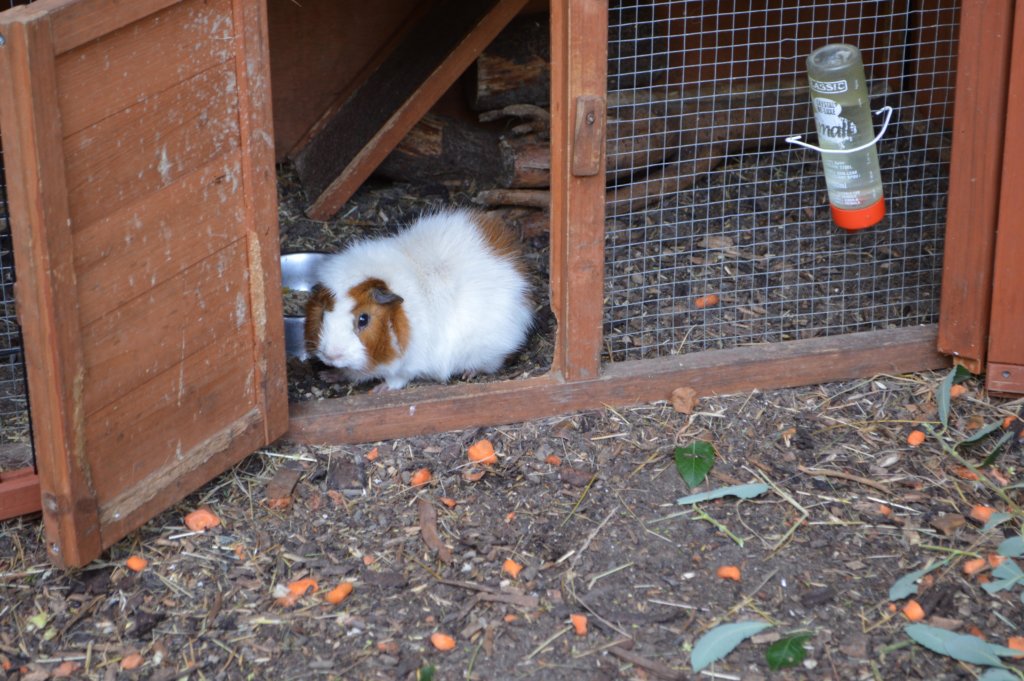Key Facts

Family:
Caviidae
Diet:
Grass
Life Span:
5 - 6 years
Distribution:
South America
They originated in the Andes, and earlier studies based on biochemistry and hybridization suggested they are domesticated descendants of a closely related species of cavy such as Cavia aperea and therefore, do not exist naturally in the wild. They play an important role in the folk culture of many indigenous South American groups, especially as a food source, but also in folk medicine and in community religious ceremonies.

Social